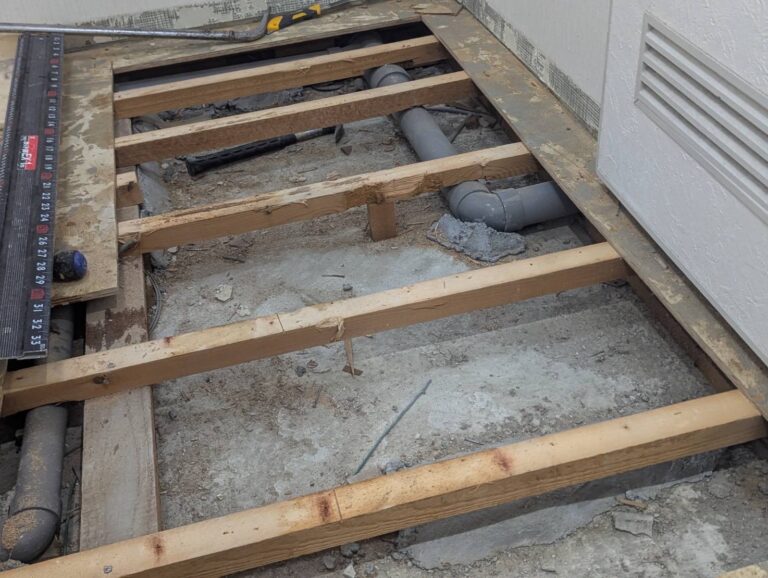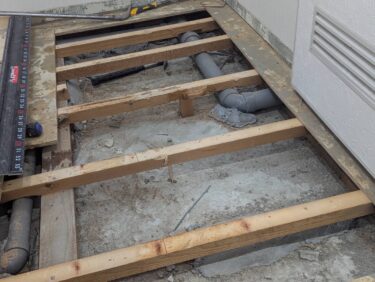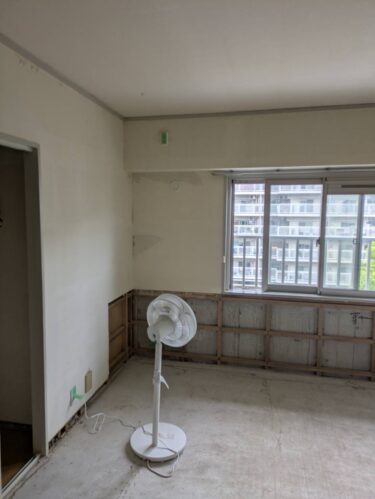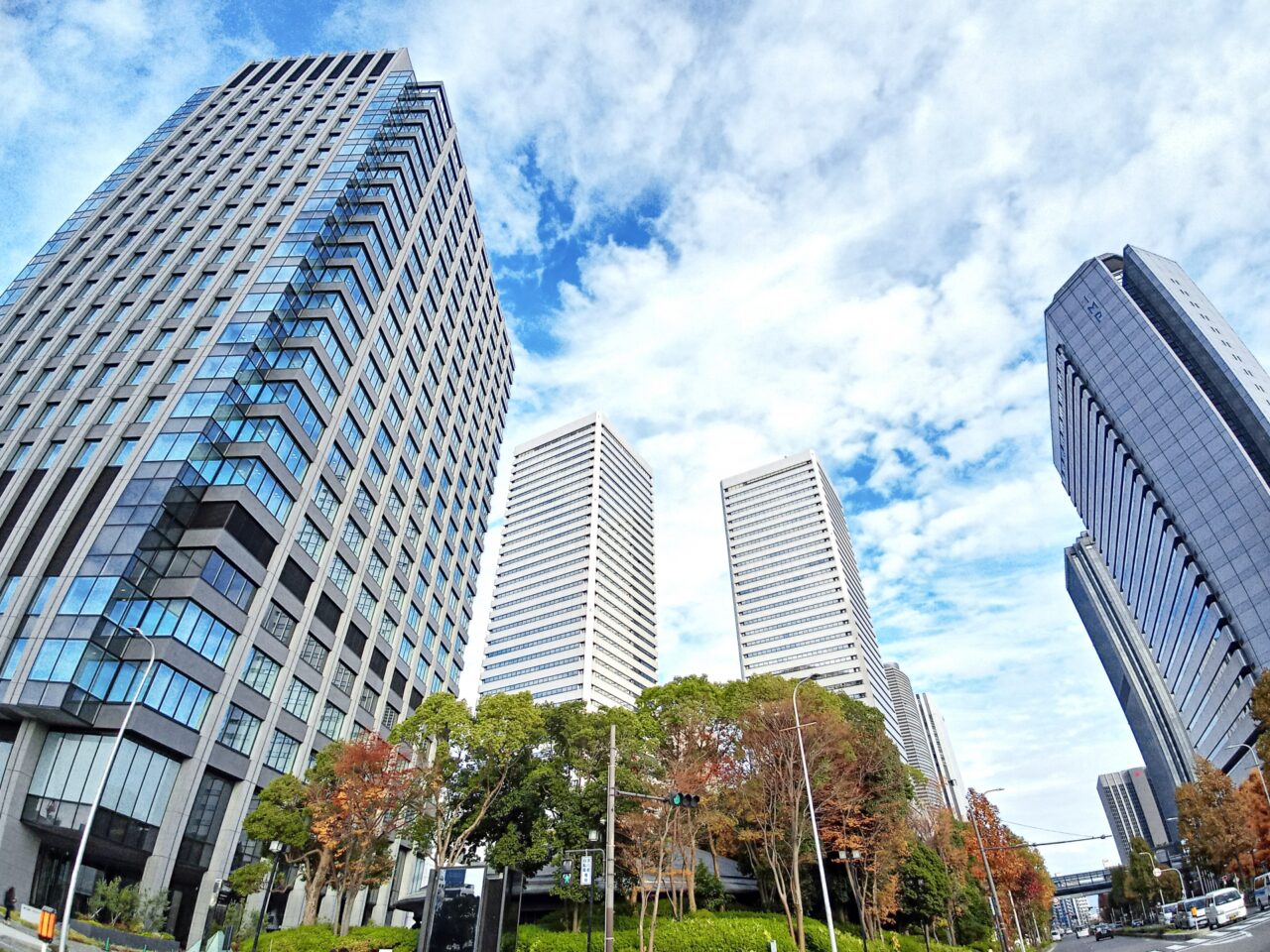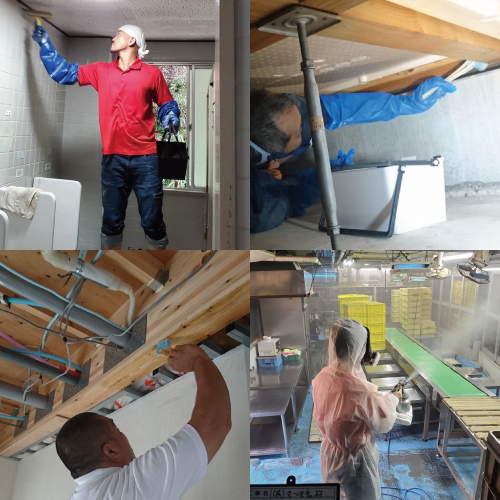Issue raised In facilities such as luxury foreign residences, government housing, and VIP accommodation, comfort and safety are of utmost importance. However, invisible mold and air quality pose risks to the health of residents and the lifespan of building materials and cannot be overlooked. What you will learn by reading this article In this article, you will understand the basics of mold inspections in such facilities, how to conduct them, how to use the test results, and how to request a professional company. Benefits of reading this article If you carry out the inspection and remediation properly, you can prevent health damage, protect the value of your housing assets, and create an environment where you can live in peace.
1. Importance of Mold and Air Quality in High-End & Official Residences
Luxury foreign residences and VIP quarters demand not only impeccable aesthetics but also exceptional indoor air quality. Invisible threats like mold growth can directly impact occupants’ health and compromise building longevity. Mold often develops in hidden corners and spreads before detection, potentially causing serious long-term damage.
1-1. Why High-End Residences Are More Sensitive to Air Quality
High-end foreign homes typically host diplomats, executives, or VIPs, who expect top-tier living standards. Natural materials are often used, which, while beautiful, absorb moisture and can harbor mold. High insulation levels and airtight construction further trap humidity, inviting mold or dust mites.
Moreover, occupants are often extremely health-conscious and sensitive to air quality issues. Even faint odors or unseen airborne mold spores are regarded as serious problems. Regular air quality inspections are vital to preserving both wellness and property value.
1-2. Required Hygiene Standards for Official & VIP Quarters
Official residences and VIP quarters must maintain hygienic environments for reasons of national security and diplomatic protocol. Poor indoor air quality can pose health risks to high-ranking occupants, potentially escalating into serious incidents.
Frequent tenant turnover increases the risk of lingering mold spores in shared spaces like bedrooms or bathrooms. Scientific testing of mold and airborne contaminants—beyond superficial cleaning—is a must to meet international hygiene standards in these settings.
2. Effects of Mold on Health and Building Integrity
Mold is more than an unsightly issue—it’s a living organism that can harm occupants and structural materials. Much of its damage is initially hidden, only becoming visible after it has advanced.
2-1. Links to Allergies and Respiratory Diseases
Mold spores are microscopic and inhalable, triggering allergic rhinitis, asthma, and atopic dermatitis—especially in children, the elderly, and those with weakened immunity. Certain molds, such as black mold, produce mycotoxins that may lead to chronic symptoms like headaches, fatigue, and impaired concentration.
Long-term exposure can degrade quality of life, making mold prevention crucial not only for visible cleanliness but for sustained well-being.
2-2. Damage to Building Materials and Interiors
Mold affects wood, wallpaper, and insulation—causing wood rot, structural weakening, and even inviting pests like termites. Hidden mold inside walls nullifies insulation and soundproofing, degrading the living environment.
In high-end facilities where materials are custom and costly, early detection is key to avoiding expensive repairs and preserving asset integrity.
3. Measuring Indoor Air Quality
Mold thrives with elevated humidity and poor ventilation. Even stylish, clean rooms can hide elevated levels of airborne pollutants. Scientific measurement is essential for accurate assessment and mitigation.
3-1. Monitoring Humidity, Temperature, and Ventilation
Mold grows best at 20–30°C with over 60% humidity. Install hygrometers around the property, especially near bathrooms, kitchens, and closets. Track air-conditioning usage, exhaust systems, and window ventilation.
Supplement with CO₂ sensors or airflow meters to assess how “fresh” the indoor air truly is and pinpoint where improvements are needed.
3-2. Methods for Measuring Airborne Mold Spores
To detect airborne spores, professionals employ air samplers that collect and culture particles, or use impinger methods with reagents to identify specific mold types. Final results are expressed in spores per cubic meter (spores/m³). If levels exceed safe thresholds, immediate remediation and improved airflow are required. Testing biannually—especially before and after rainy seasons—provides optimal results.
4. Types and Procedures of Mold Inspection
Accurate assessment hinges on the right inspection methods and sequence. Each method has its strengths and limitations.
4-1. Surface Inspection vs. Air Sampling
Surface tests involve swabbing or visually assessing mold on walls or ceilings and can identify visible contamination. However, they miss hidden mold within wall cavities or ceiling voids.
Air sampling gathers airborne spores to show hidden or airborne contamination across occupied spaces. Combining both inspection types offers a comprehensive picture.
4-2. Optimal Timing and Frequency of Inspections
Schedule inspections during high-risk seasons (e.g., post-summer or rainy periods), after renovations, or before occupant turnover. Annual inspections are standard; semi-annual checks are recommended for residences with vulnerable occupants. Simple inspections after each tenancy change help maintain hygienic standards in shared housing.
5. Understanding Test Results & Action Plans
Mold test results include spore counts and species, requiring careful interpretation to guide remediation.
5-1. Safe Spore Concentration Thresholds
Though Japan lacks formal limits, a general guideline is <200 spores/m³ indicate healthy air. If counts exceed this or harmful species like Aspergillus or Cladosporium are present, immediate intervention is needed. Accurate result interpretation needs species data and location analysis.
5-2. Crafting an Improvement Plan
If testing reveals high mold levels, remediation must be targeted. Bathroom or kitchen issues call for enhanced ventilation and targeted treatment. Widespread spore detection may necessitate whole-home air purifiers, HVAC cleaning, or material replacement. A customized plan should be devised with a professional based on the facility’s layout and usage patterns.
6. Mold Removal and Air Quality Improvement Techniques
Effective remediation and maintenance require more than simple cleaning—especially for high-end properties.
6-1. Safe & Effective Techniques
Advanced methods like MIST technique (mist spraying) break down mold spores without scrubbing or damaging sensitive materials like wood or wallpaper. Safe, non-toxic agents ensure protection for children and elderly occupants while reaching deep into materials to prevent recurrence.
6-2. Cutting-Edge Equipment for Luxury Residences
High-end facilities often incorporate antibacterial HVAC systems and humidity-controlled ventilation units. These keep indoor conditions stable, dramatically reducing mold risks. Premium mold-resistant wallpapers and flooring also simplify daily upkeep and preserve property value over time.
7. Key Considerations in Official & VIP Quarters
Official residences introduce unique constraints related to security, privacy, and aesthetics.
7-1. Security-Restricted Work Environments
External contractors may have limited access due to security protocols. Remediation must be fast, non-intrusive, and respectful of occupant schedules. Thorough planning—including security clearances and low-impact equipment—is essential.
7-2. Preserving Privacy and Aesthetic Integrity
Maintenance in these facilities demands minimal disturbance: low-noise approaches, discreet methods, and materials matching interior finishes. Firms must adapt products and procedures to maintain aesthetics and occupant comfort—providing photo documentation and coordinating work to uphold confidentiality.
8. Preventive Measures and Daily Maintenance
Preventing mold is more effective than treating it—and small daily efforts make a big difference.
8-1. Creating a Regular Inspection Schedule
Set up a monthly visual inspection and a semi-annual professional audit. Focus on moisture-prone areas, document findings, and act immediately if abnormalities emerge. This regimented approach makes early detection possible.
8-2. Everyday Air Quality Management
Routine practices include ventilating rooms twice daily, using dehumidifiers and air purifiers, organizing closets and furniture for airflow, and limiting the number of houseplants to reduce humidity. These small efforts can significantly reduce mold risks with minimal cost.
9. Case Studies: Before-and-After Analysis
Understanding the real impact of remediation helps illustrate benefits.
9-1. Dramatic Improvement Using Forced Ventilation
In Tokyo, a luxury home reported 600 spores/m³ in the living room. Following air-sampling tests, forced ventilation systems, dehumidifying HVAC, and MIST remediation brought levels down to under 60 spores/m³. Residents regained comfort and health without prolonged disruption.
9-2. Resident and Manager Testimonials
At a diplomat residence, mold under beds and inside closets was discovered during routine checks. After discreet remediation, residents commented, “No odor, no disturbances, and everything restored to its original appearance.” Managers appreciated the detailed reports and reliable follow-up, praising the professional and seamless service.
10. Choosing a Specialist and the Remediation Process
Selecting the right provider is crucial—and involves more than cost considerations.
10-1. Key Criteria for Vendor Selection
Choose vendors with proven experience in official or VIP facilities. They should clearly explain methodologies and materials, provide transparent estimates, and offer guarantees for post-remediation follow-ups and re-testing to ensure continued safety.
10-2. From Estimate to Post-Work Follow-Up
The process begins with inquiry, site inspection, and tailored proposal. Once approved, the contractor schedules work, performs remediation quietly and safely, and follows up with verification testing and guidance for prevention. Reliable companies become long-term partners, ensuring ongoing wellness and comfort.
Mold removal and mold prevention: Mold Busters Osaka, Mold Removal Reform Tokyo/Nagoya In buildings that require a special hygienic environment and high comfort, such as high-end foreign residences, government housing, and VIP accommodations, mold removal and improvement of the air environment are extremely important. That’s why we recommend “Mold Busters Osaka” and “Mold Removal Reform Tokyo/Nagoya” developed by Taiko Kenso Co., Ltd. Mold Busters uses its unique technology, the “MIST Method®,” to decompose and remove mold deep inside the building, even if it is invisible to the naked eye, without damaging delicate materials such as wood and wallpaper. Since it uses a special agent that is harmless to the human body, it can be safely carried out in homes with small children or elderly people. In addition, after removal, we thoroughly carry out mold prevention treatment and take thorough measures to prevent mold throughout the entire space. Furthermore, our major strength is that we can handle both renovation and mold removal at the same time. Taiko Kenso Co., Ltd. operates a nationwide renovation business that handles interior renovations and general home renovations, along with its mold removal division, Mold Busters, and has achieved both high construction quality and consistent service. For example, interiors that have deteriorated due to mold can be restored to their original beauty through renovation, while at the same time carrying out work to prevent mold from recurring, reducing unnecessary effort and costs. In addition, since construction work that takes into consideration the hygienic environment can be planned from the renovation design stage, including invisible areas such as mold in the attic and inside the walls, it is possible to eliminate mold risks from the root. The renovation division of Taiko Kenso Co., Ltd. meets a wide range of needs, including interior renovations for detached houses and condominiums, barrier-free renovations, and facility renovations, and has a wealth of experience in luxury homes and public facilities. Our staff with specialized knowledge will carefully handle everything from on-site inspections to construction and after-sales support. If you are worried about just removing mold or are thinking, “I’d like to do some renovations at the same time,” please feel free to contact us. We provide comprehensive support in creating beautiful, safe, and comfortable living spaces.

